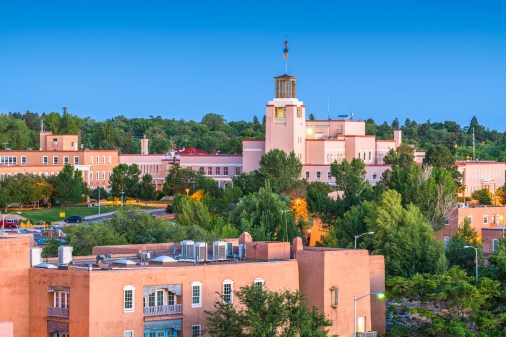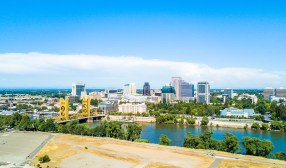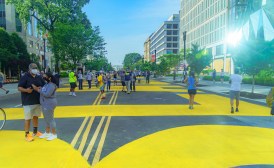Sacramento wants to become the next big tech center

Not content with just following trends in emerging technology, Sacramento city government has launched an expansive new initiative designed to position the region as a technology leader.
The Sacramento Urban Technology Lab (SUTL) is not a new office or facility, but the name leaders are giving to the city itself and the collaborative efforts of government, academia and industry that it hopes to inspire and nurture. Based on Stanford University’s “triple helix” model of economic relationships, SUTL aims to provide a “living laboratory for entrepreneurs, advanced technology businesses, and academic institutions to test, develop, and scale their ideas, products, and services.”
Just as North Carolina created the Research Triangle, Sacramento hopes to turn itself into a place where new technologies are created and developed.
Led by the Mayor’s Office for Innovation & Entrepreneurship, Mayor Darrell Steinberg says the initiative marks “a new era of economic transformation” for the city, which sits about 100 miles northeast from Silicon Valley.
“We are no longer just a government town. Sacramento is positioned to be a leader in global innovation,” Steinberg reportedly said last week.
Sacramento Chief Innovation Officer Louis Stewart told StateScoop that the initiative isn’t just about research or just about technology — it’s about the city playing a central role in shaping the conversation around new technology and integrating that influence into the city’s identity.
“It’s Sacramento putting a stake in the ground, saying, ‘Come here, grow your business, deploy your technology. We have a willing community that wants to work with you to figure some of this stuff out,'” Stewart said.
SUTL has seven focus areas that showcase its aspirations: mobility, clean tech and sustainability, health IT and life sciences, food systems, internet of things and cybersecurity, gov tech and civic tech, and workforce development.
A consortium formed by the city in April called the Autonomous Transportation Open Standards Lab (ATOS) provided a preview of one aspect of the work Sacramento hopes to lead through the lab. That group of policymakers from across all levels of government aspires to create an open standard and protocol that can be adopted by cities to avoid a patchwork of regulations for autonomous vehicles.
The city is also one of 11 cities involved in a 5G pilot project with Verizon that will help determine the role of the next generation of wireless technologies in urban life.
There’s no reason Sacramento should be a follower when it comes to important emerging technology issues like these, Stewart said.
“It’s bigger than Sacramento, but we want to start some of those conversations here,” Stewart said.
Sacramento’s leaders see an opportunity in technology as the region experiences a resurgence following the 2008 economic downturn. Last year, the city saw a 3.1 percent surge in its GDP, more than double the national average. Buoyed in large part by the rebounding housing market and financial sector, a September report from the federal Bureau of Economic Analysis shows that an increased incidence of software companies doing business with state government boosted growth in the region’s professional services sector.
One of the world’s leading universities in the agriculture technology space, University of California, Davis, gives the region an inroad to a growing sector that raised $2.9 billion in 2015.
CSU Sacramento and University of the Pacific also have technology programs, and the city wants to create and environment that ensures students can stay in the region after they graduate, Stewart said.
“What are the jobs of the future?” Stewart said. “How do we set up programs and services to thwart a bit of that 38 to 50 percent job loss because of automation? How do we set standards of communication with people? How do we make sure that when tech companies come in, communities aren’t just completely displaced?”
A report published earlier this month by the Information Technology and Innovation Foundation encourages the kind of metaphorical technology bridge building that Sacramento is proposing. Technology, ITIF says, isn’t just relevant in Silicon Valley and a few additional communities anymore — it’s a major factor everywhere.
“It really is about the whole city,” Stewart said. “It’s not about a center. It’s not about — technically — a lab. We want Sacramento to be open to helping solve tech problems and tech solutions being open to solve people problems.”






